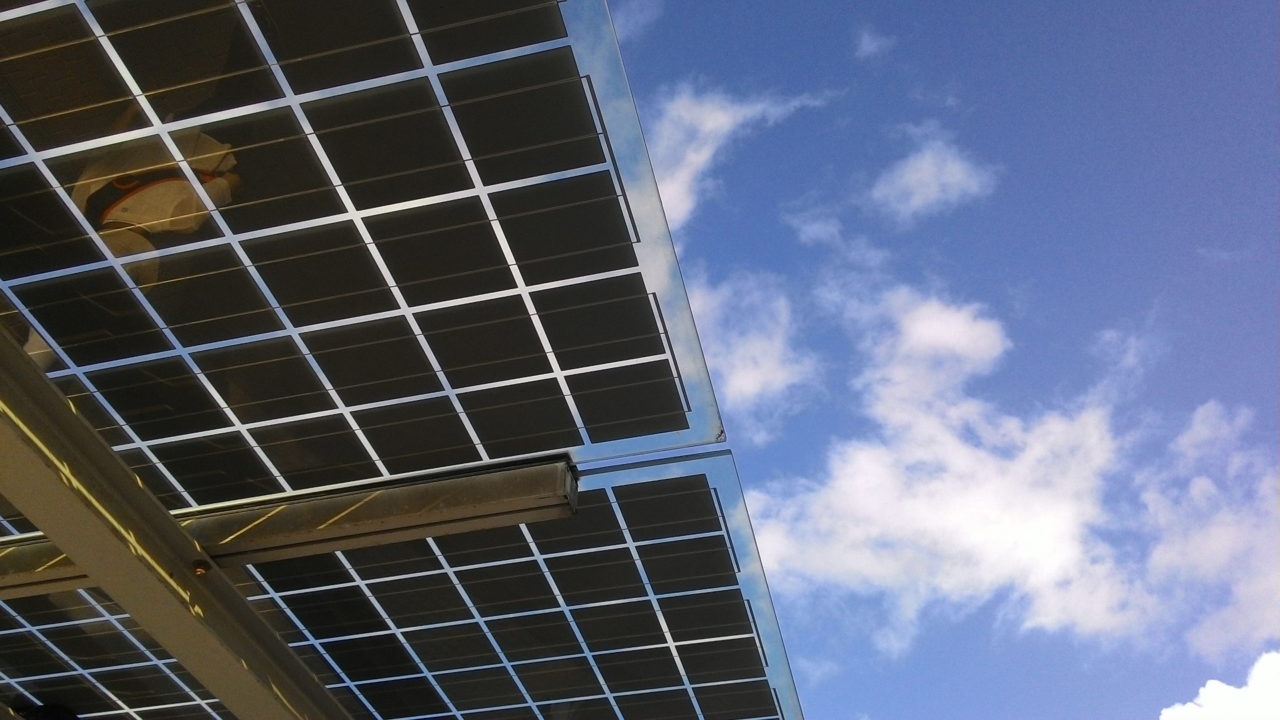
Leading ‘Solar Module Super League’ (SMSL) member, JinkoSolar has partnered with the Shanghai Institute of Space Power-Sources (SISP) to co-develop high-efficiency multi-junction solar cell technology for both space and terrestrial applications.
JinkoSolar said this was an early stage R&D partnership that would be based on silicon wafers instead of Gallium Arsenide (GaAs) wafers, typically used for space applications, due to radiation.
Try Premium for just $1
- Full premium access for the first month at only $1
- Converts to an annual rate after 30 days unless cancelled
- Cancel anytime during the trial period
Premium Benefits
- Expert industry analysis and interviews
- Digital access to PV Tech Power journal
- Exclusive event discounts
Or get the full Premium subscription right away
Or continue reading this article for free
However, JinkoSolar noted that it would be supporting the development of a silicon based substrate and bottom silicon cell, indicating SISP would be developing a tandem and or multi-junction top cells.
Triple-junction solar cells used for space applications can consist of indium gallium phosphide (InGaP), indium gallium arsenide (InGaAs) and germanium layers, fabricated using metal-organic vapour deposition (MOCVD) with conversion efficiencies of over 37%, while single-junction GaAs solar cells have achieved over 28% conversion efficiencies.
Dr. Jin Hao, Vice President of JinkoSolar said, “The strategic cooperation with Shanghai Institute of Space Power-Sources has a great importance. In the future, we will continue to increase technical cooperation, leading our industry in the name of technical innovation and providing more efficient solar panels with a wider range of choices for global customers.”
A low-cost alternative to GaAs wafer-based multi-junction solar cells has often been touted as a future path for the silicon solar manufacturing industry.






